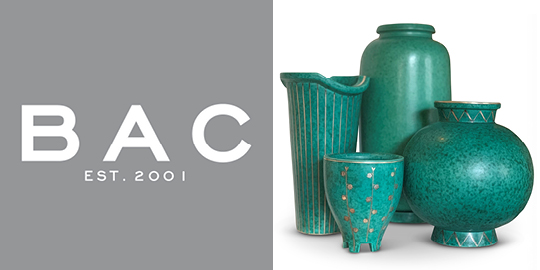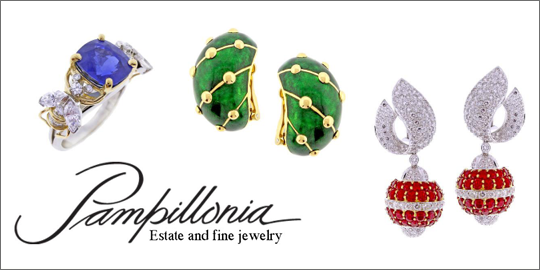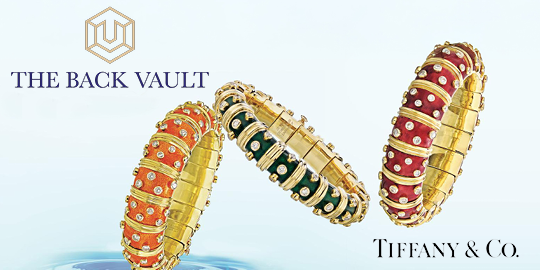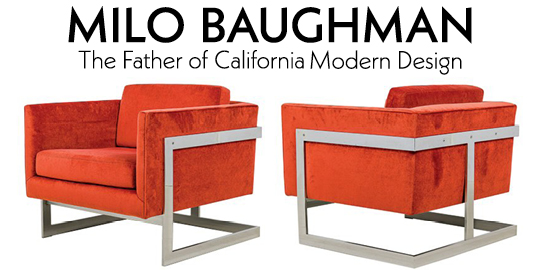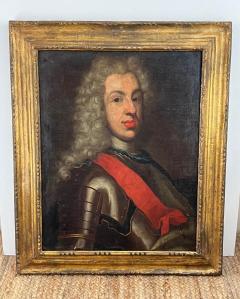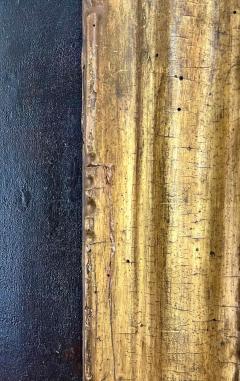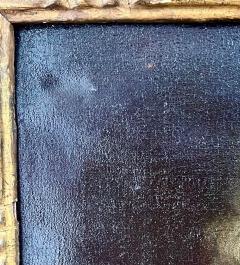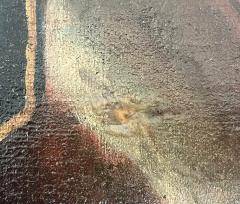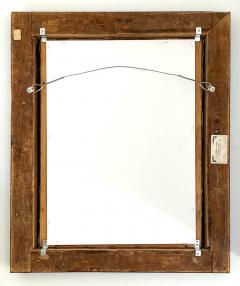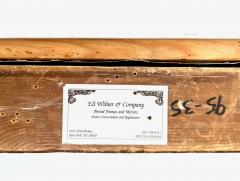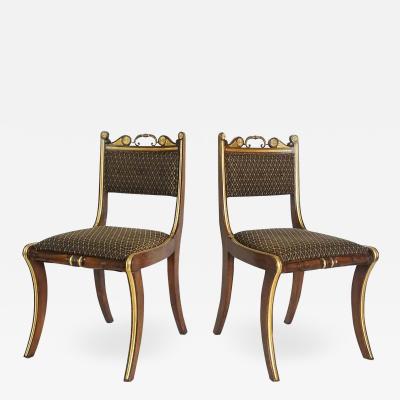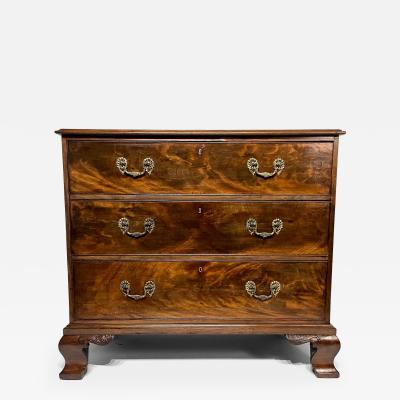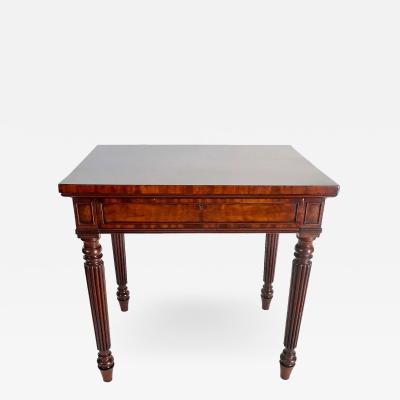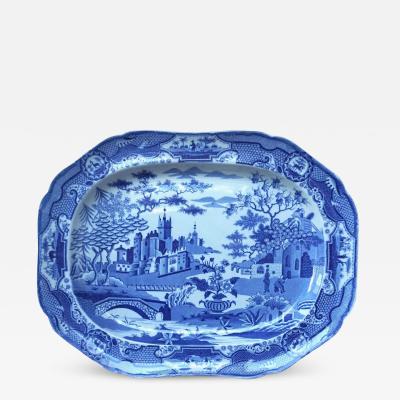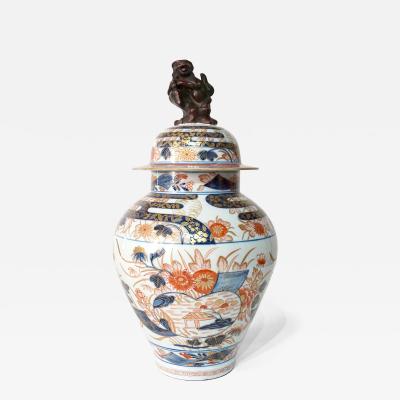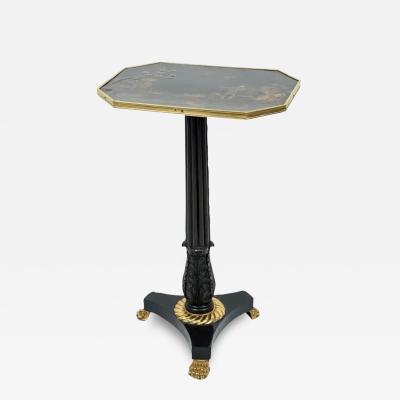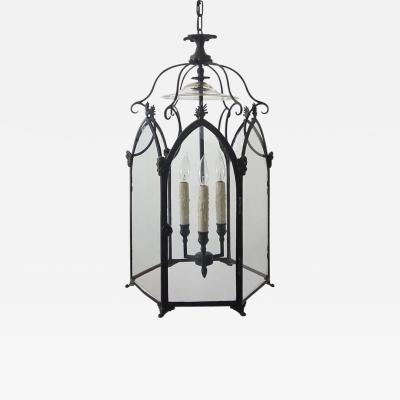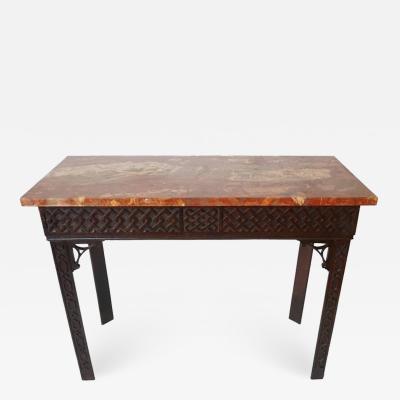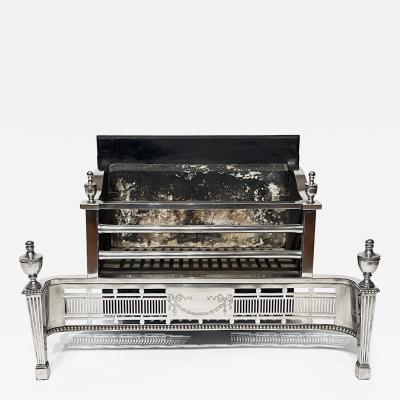Portrait of Louis George, Margrave of Baden-Baden, Oil on Canvas, Circa 1725
-
Description
A circa 1725 oil on canvas portrait of Louis George Simpert, as Hereditary Prince, the future Margrave of Baden-Baden (Deutsch: Ludwig Georg Simpert, Markgraf von Baden-Baden) portrayed one-quarter length in powdered wig and wearing ceremonial armor and crimson sash newly fitted in a period molded giltwood frame with bead-and-reel inner border from the Eli Wilner collection. Canvas measures 24.5" x 19.25". A related, but later portrait of circa 1735, attributed to the same unknown painter, is held in the collection of Lichtenthal Abbey, Baden-Baden.
Biography:
Louis George or Ludwig Georg Simpert, Margrave of Baden-Baden, born June 7, 1702 at Ettlingen Palace was the son of Louis William, Margrave of Baden-Baden and his wife, Princess Sibylle of Saxe-Lauenburg. Hereditary Prince of Baden-Baden from birth, at the death of his father in 1707, he succeeded as Margrave of Baden-Baden at the age of four. As such, his mother was regent of Baden-Baden until he reached his majority on 22 October 1727 at the age of 25. He married Maria Anna of Schwarzenberg April 8, 1721 at Český Krumlov Castle. The couple were the parents of four children, of whom only one survived infancy. After the death of the first Maria Anna in 1755, he married the Princess Maria Anna Josepha of Bavaria on July 10, 1755; the daughter of Charles VII, Holy Roman Emperor and his Austrian wife Archduchess Maria Amalia. The second marriage remained childless. Due to his passion for hunting instead of military service, he became known as "Jägerlouis", "hunter Louis", a play on his father's nickname of Türkenlouis ("Turk Louis") due to his famous heroics against the Turkish army at the Siege of Vienna in 1683. He died at Schloss Rastatt on October 22, 1761 at the age of 59 and was succeeded by his brother George Augustus having no surviving male issue. He is buried at Stiftskirche in Baden-Baden beside his first wife. His second wife Maria Anna Josepha retired to Munich as a widow where she died in 1776 at Nymphenburg Palace and is buried at the Theatine Church. -
More Information
Origin: Germany Period: 18th Century Materials: Oil on canvas, giltwood, wood Condition: Fair. Creation Date: circa 1725 Styles / Movements: Traditional Incollect Reference #: 735046 -
Dimensions
W. 26.5 in; H. 31.5 in; D. 2.25 in; W. 67.31 cm; H. 80.01 cm; D. 5.72 cm;
Message from Seller:
Acroterion, founded in 2012, is by-appointment in New York’s historic Hudson Valley, offering the exceptional in fine and decorative art. Phone: 917.656.5863 | Email: info@acroterion.com








